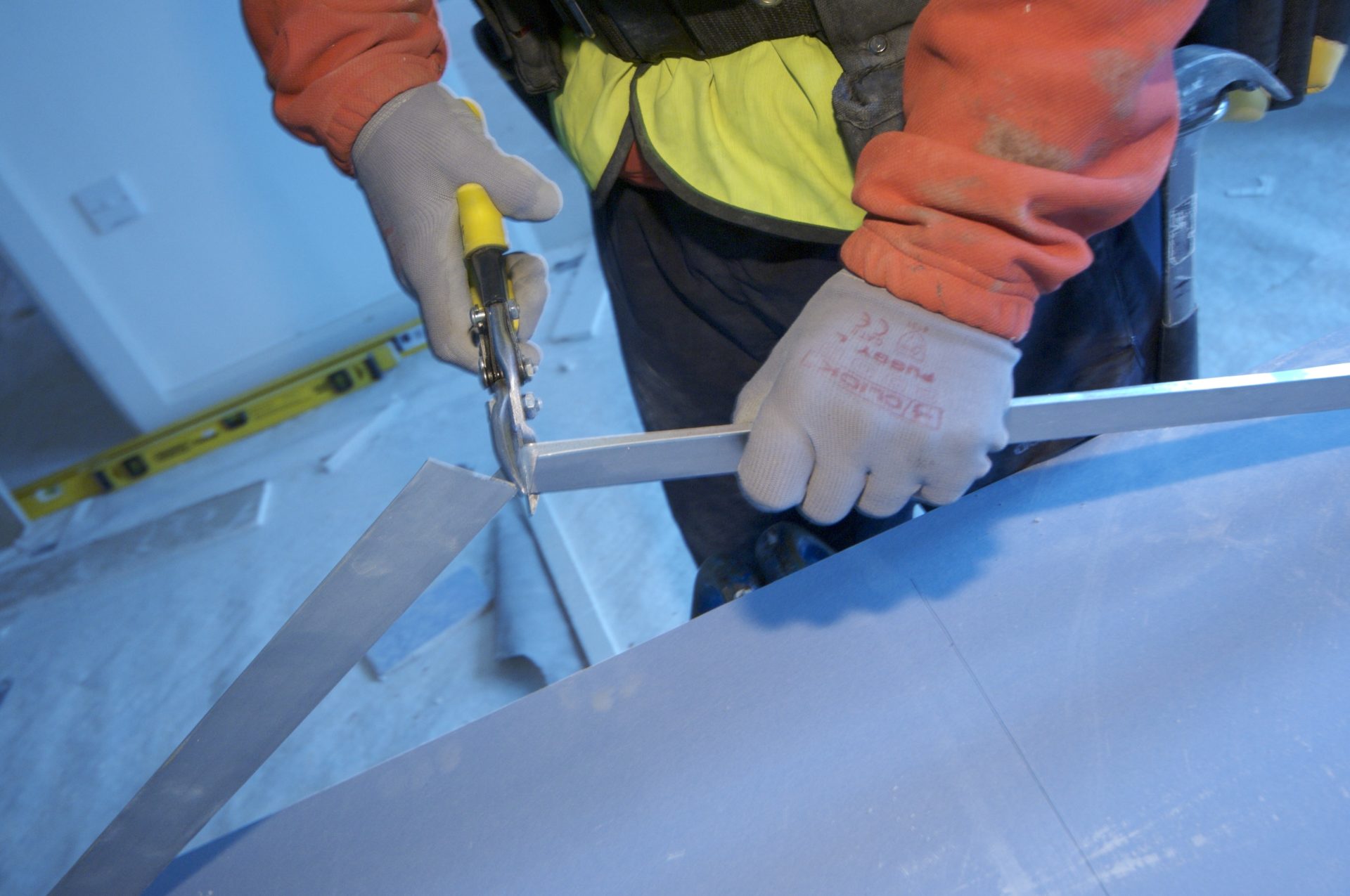Given that most health and safety provisions come down to common sense, why do so many workers take risks? There are plenty of reasons… Despite all your risk assessments, PPE and disciplinary procedures, workplace safety still hinges on the behaviour of your employees. If workers act contrary to these guidelines designed to protect them, they are also placing themselves in danger. So why do they do it?
Lack of training
The existence of a risk assessment is one thing, but having workers stick to it is another. A common cause of problems is that employees do not fully understand what the risk assessment says, or what it means for them.
You can’t expect workers to just ‘know’ what’s expected of them on-site, or what’s in a risk assessment if they’ve never seen it. In fact, an effective risk assessment always includes provisions for training, so that employees know how to perform a task safely, and the correct way to behave while doing so.
Immature culture
Workplace banter is a great way to blow off some steam and build strong teams. But when it’s taken too far, people can place themselves, or others, in danger.
The hard hat challenge (search ‘hard hat challenge’ in YouTube) and Construction Site Grand National (see www.veritas-consulting.co.uk/blog/horsing-around-could-land-you-at-the-knackers-yard) may have been amusing to watch but also carry an increased risk of injury or accident. Unfortunately, because these videos went viral, some workers have been copying them, hoping to attain similar levels of ‘fame’.
It is important to note that workplace pranks can land UK employers in court – an added incentive for increasing standards of behaviour on-site.
Weak leadership
Safe behaviour needs to be modelled by management, and examples of poor practice need to be identified and called out. Where bad behaviour is ignored, management effectively condone it – which means that there is no incentive to improve standards, or to stop engaging in unsafe behaviour.
Line managers and site managers need to be empowered to act quickly and decisively whenever poor behaviour is seen. You will also need robust disciplinary frameworks included in every employment contract, outlining what constitutes dangerous behaviour, and the sanctions that will be applied to employees who break the rules.
Wrong approach to awareness
Many organisations repeat the same mistake when trying to build a culture of responsible behaviour. Although education and awareness is important, these factors are only part of the story.
Researchers have found that ‘behavioural goal-setting’ is far more effective for raising standards. Time and again, studies have shown that safety campaigns and safety training have little effect on raising behavioural standards. Instead, businesses can be effective at raising standards by introducing a system based around setting targets. As each milestone is achieved, you can introduce a new target, tightening standards with each increment. You could also consider some kind of bonus or financial incentive to help keep employees focused.
Not just money
Firms need to combine both training and targets if they want to change workplace behaviour. A study published in the Safety & Health Practitioner magazine highlighted how construction workers can be immune to targets and training in isolation. Instead, researchers suggest that standards of behaviour are improved by increasing awareness, and improving communications between management and the workforce.
After monitoring a number of construction sites, the researchers found that once baseline levels are set and displayed in a public place, management can be reluctant to let scores drop, effectively setting a minimum level of safety behaviour. This approach ensures that targets are set, employees are engaged, and management continue to apply the correct pressure and reward to ensure behaviour does change – for the better.
Improving standards of behaviour on-site is a complex challenge. As well as targets and training, your firm needs to develop a genuine desire for change led by senior management and implemented at every level of the business. To learn more about what your business can do, and how to raise health and safety standards across your operations, please get in touch.
David Cant
Veritas Consulting
www.veritas-consulting.co.uk


